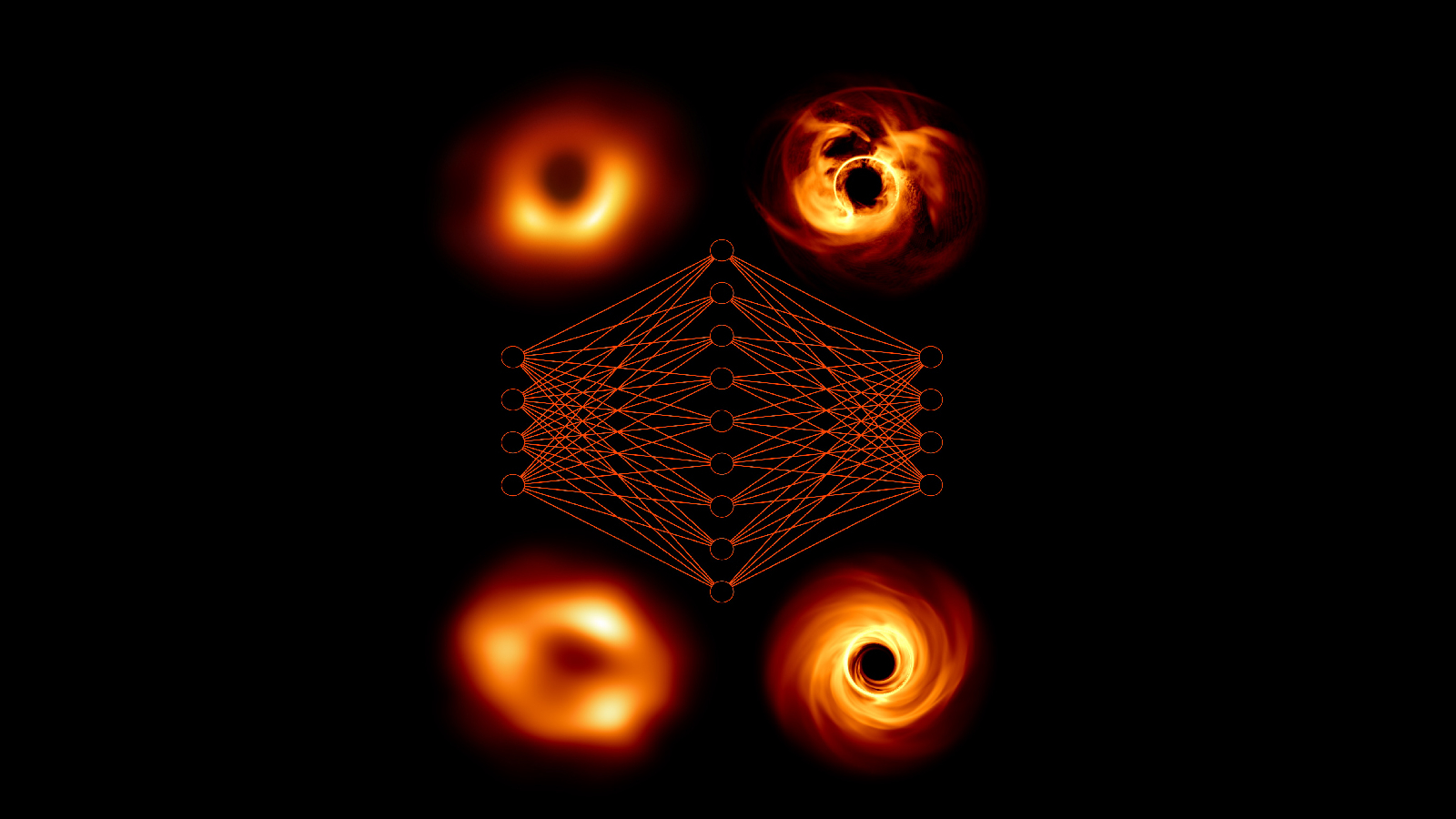The monster black hole at the center of our galaxy, known as Sagittarius A*, has long been a subject of fascination and study among astronomers and astrophysicists. Recent advancements in artificial intelligence (AI) have provided new insights into the behavior of this supermassive black hole, which is estimated to be about 4 million times the mass of our Sun. A new AI model reveals that Sagittarius A* is spinning at what scientists refer to as "top speed," suggesting that it is rotating at nearly the maximum rate allowed by the laws of physics. This discovery not only enhances our understanding of black hole dynamics but also raises intriguing questions about how such massive objects evolve and interact with their surrounding environments.
The AI model was developed using a combination of complex data from various telescopes, including the Event Horizon Telescope, which provided the first-ever image of a black hole in 2019. By analyzing this data, the model was able to simulate the gravitational forces and energy emissions associated with Sagittarius A*. Such simulations are crucial for interpreting the behavior of matter as it spirals into the black hole, a process known as accretion. The findings indicate that the black hole's rotation affects the flow of gas and dust around it, influencing the formation of stars and the dynamics of the Milky Way galaxy as a whole. This connection between the spinning black hole and galactic phenomena underscores the importance of studying these cosmic giants in greater detail.
The implications of these findings extend far beyond the confines of our galaxy. Understanding the spin of Sagittarius A* could provide valuable insights into the formation and evolution of other supermassive black holes across the universe. Research suggests that the spin rate of a black hole can influence its growth and the way it interacts with nearby galaxies, potentially leading to a more comprehensive picture of cosmic evolution. Furthermore, the ability to model black hole behavior using AI opens new avenues for research, enabling scientists to explore scenarios that would be difficult to investigate through traditional observational methods alone.
As researchers continue to refine these AI models and gather more data, the potential for groundbreaking discoveries in astrophysics grows. The study of black holes, particularly their spin, will remain a critical area of focus, offering clues about the fundamental nature of gravity, the formation of galaxies, and the fate of the universe itself. With each new advancement in technology and methodology, we inch closer to unraveling the mysteries of these enigmatic cosmic entities, solidifying our understanding of the universe's most powerful forces.
Nobel laureate concerned about AI-generated image of black hole at the center of our galaxy - Space

